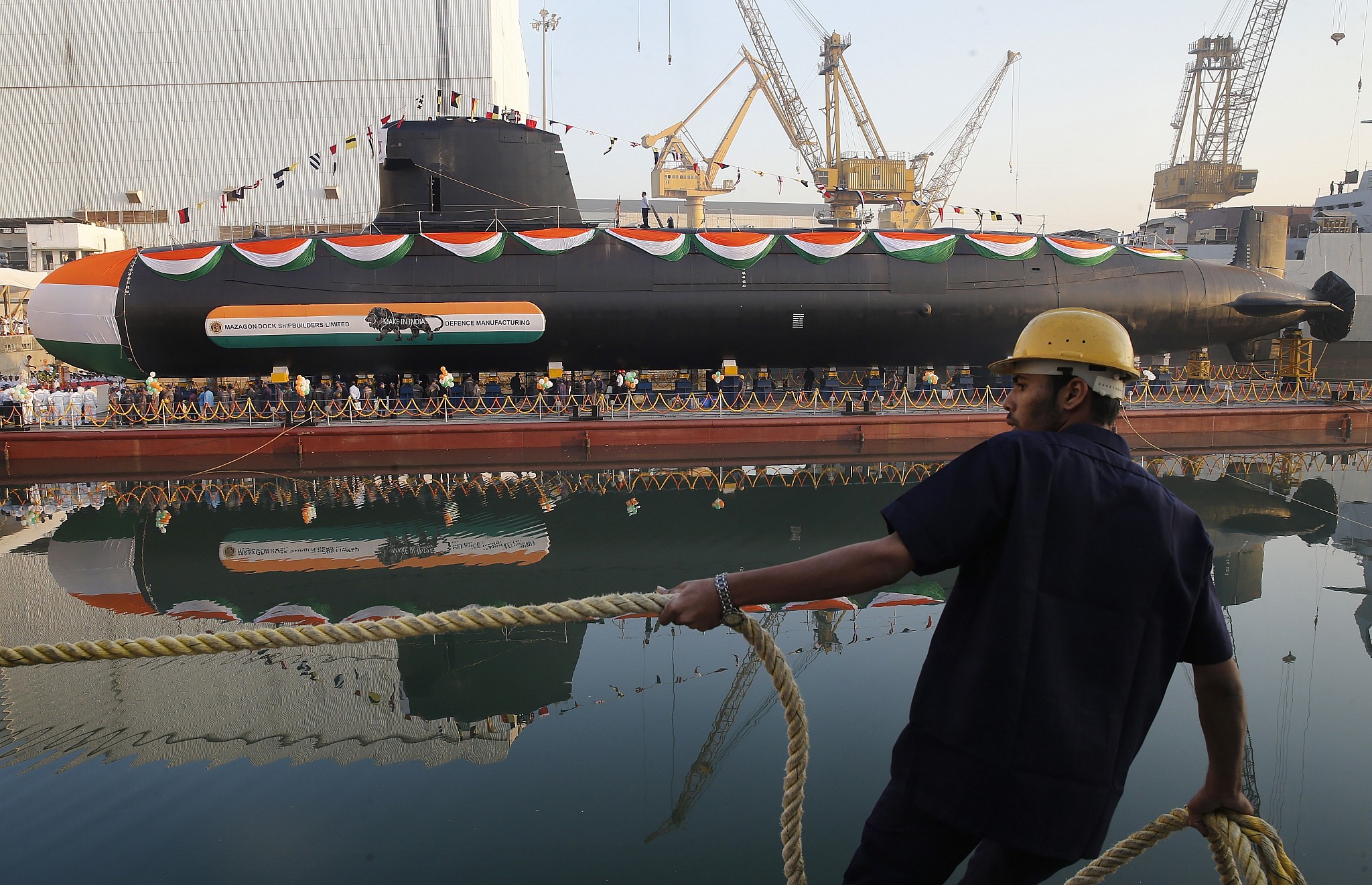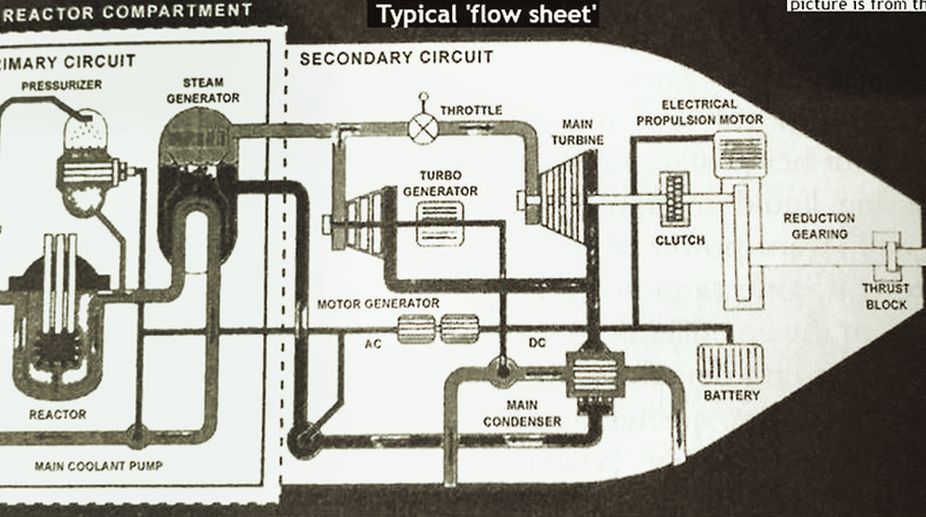
India has said it is committed to not using nuclear weapons first. SSBNs are bigger in size and are powered by a nuclear reactor and as a result, they can function submerged for months without having to surface. This feature allows them to travel further and with greater stealth. SSBNs are supposed to be the best guarantor of a second-strike capability in a nuclear exchange. The incident was first reported by The Hindu. They are different from conventional SSK submarines, which use a diesel-electric engine as their power source, and have to surface daily to get oxygen for fuel combustion. A hatch left open on the INS Arihant lead to saltwater flooding the propulsion area, rendering the 2.9 billion submarine inoperative. India has launched its first nuclear-powered submarine, becoming only the sixth country in the world to do so. Strategic Strike Nuclear Submarines (SSBNs) are a way forward in this direction. Mr Singh said we do not seek to threaten anyone. India has been vying to equip its naval forces with nuclear arsenal ever since it successfully conducted Pokhran-II nuclear tests in 1998. How INS Arihant is different from other submarines? The vessel will be able to carry 12 Sagarika K 15 submarine launched ballistic missiles that have a range of over 700 km. The vessel, named the Arihant (Destroyer of Enemies) is the first nuclear-powered submarine of any type that India has developed and constitutes the first undersea-based component of New. INS Arihant is a 6,000-tonne submarine with a length of 110 metres and a breadth of 11 metres. India launched its first nuclear-powered ballistic missile submarine July 26, paving the way for initiating the third leg of its planned nuclear triad.


In August 2016, Prime Minister Modi inducted the submarine into the Navy. In August 2013, the submarine’s atomic reactor was activated. INS Arihant was launched on Jby the then Prime Minister Manmohan Singh to mark 10 years since the end of the Kargil War.


 0 kommentar(er)
0 kommentar(er)
